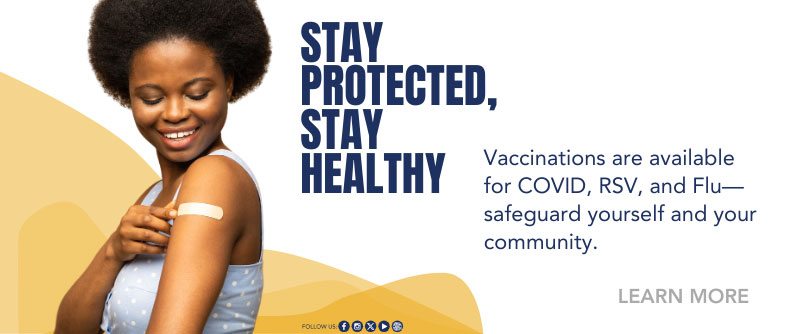Field Dressing
Dress your deer as soon as possible during warm weather. When the air temperature is over 41 degrees Fahrenheit, harmful bacteria capable of causing foodborne illness grow quickly. Follow these steps to make sure your venison stays safe to eat.
Field dress the carcass immediately after harvest.
Wash the body cavity with cold, clean water if possible. Carry a clean towel to wipe your hands and prevent cross contamination.
Place the heart and liver in a food-grade plastic bag if you wish to keep them.
Spread the rib cage to cool the carcass more quickly. If the air temperature is over 41 F, consider packing the carcass with clean ice.
Refrigerate the carcass as soon as possible.
Use food quality plastic bags or buckets to store cut meats. Do not use dark-colored garbage bags; they may contain toxic resins and are not intended for food.
Remember, bacteria grow quickly in warm locations.
Do not leave venison or other wild game in a car trunk where warmer temperatures promote bacterial growth.
Use a cooler filled with ice or dry ice to store cut meat.
Process venison as soon as possible. Venison will spoil if it hangs without refrigeration in warm weather.
Processing
A good meat processor or butcher will:
Accept only fresh-appearing venison in food quality containers.
Store and process venison separately from other meat and foods.
Include your name, cut of meat and the statement "NOT FOR SALE" on each package.
Store carcasses in a cold, clean place.
Hang the carcass rather than throw it on the floor.
Have a clean processing area free of insects and rodents.
Keep doors and windows closed.
Practice safe food handling techniques (clean aprons, no smoking or chewing tobacco while handling food or in the food processing areas).
Handle your venison in the manner you'd expect for all foods.
Storing
To keep your venison fresh, observe the following guidelines.
Keep uncooked venison frozen. Keep thawed venison refrigerated at 41 degrees or lower.
Thaw uncooked venison in the microwave or refrigerator. Do not leave packages on the countertop to defrost.
Make sure juices from uncooked venison do not touch other foods, especially those that are ready to eat, as this can cause cross-contamination.
Always wash your hands with hot, soapy water before touching food.
Use clean plates, cooking pans and serving utensils to cook and serve venison. Do not put cooked foods on plates that have held uncooked meats.
Refrigerate leftovers promptly. Cut cooked meat in smaller pieces and refrigerate separately to allow meat to cool quickly.
Adapted from the Wisconsin Department of Agriculture

